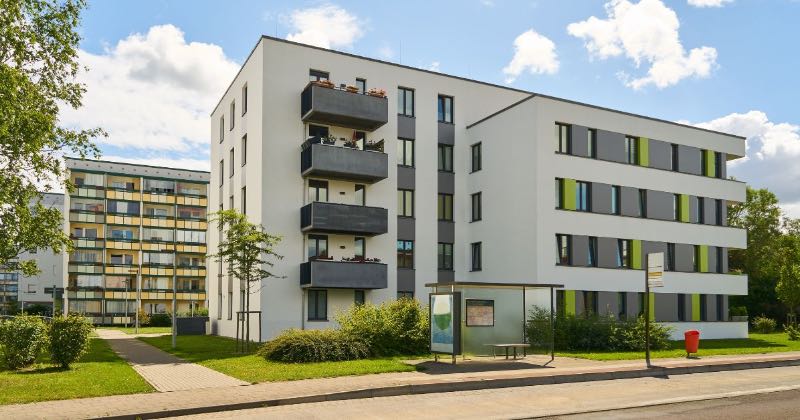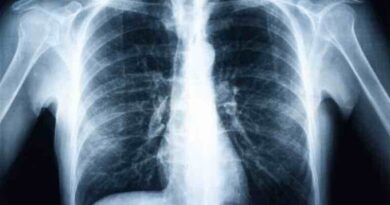In today’s rapidly evolving world, prefabricated homes have emerged as a modern solution to changing housing needs. These innovative homes are built off-site in controlled environments, then assembled on-site, offering numerous advantages such as faster construction times and eco-friendliness. If you’re considering this efficient housing option, an online search can provide you with a wealth of information.
A Modern Solution to Housing Needs
As the housing industry continues to innovate, prefabricated homes are gaining traction as a practical alternative to traditional site-built homes. This article delves into the concept of prefabricated homes, their benefits, and the future of this growing trend.
Understanding Prefabricated Homes
Prefabricated homes, also known as prefab or modular homes, are constructed in sections or modules in a factory setting. These modules are then transported to the site and assembled into a complete home. Unlike traditional homes built entirely on-site, prefab homes offer the advantage of controlled construction conditions, leading to higher quality and efficiency.
The Rise of Prefabricated Homes
Though prefabricated homes have existed since the early 20th century, recent advancements in technology and design have revitalized interest in this housing solution. Modern prefab homes now offer a wide array of architectural styles, customizable floor plans, and high-quality materials, making them an appealing choice for homeowners seeking efficiency, affordability, and sustainability.
Benefits of Prefabricated Homes
Prefabricated homes provide several key benefits that make them an attractive alternative to traditional construction methods:
- Speed of Construction: Prefabricated homes can be built significantly faster than traditional homes. Because construction takes place in a controlled factory environment, delays caused by weather or on-site labor shortages are minimized, allowing for quicker completion times.
- Cost-Effectiveness: Prefabricated homes are often more cost-effective due to economies of scale, reduced labor costs, and efficient use of materials. The controlled manufacturing process also ensures better cost control, reducing unexpected expenses.
- Quality Control: The factory setting allows for rigorous quality control measures, ensuring each module meets high standards of craftsmanship and durability. This consistency often results in fewer defects compared to traditional construction methods.
- Customization Options: Homeowners can choose from various floor plans, finishes, and features, allowing for a high degree of personalization. Modular construction also makes it easier to modify designs or add additional modules as needed.
- Sustainability: Prefabricated homes are more sustainable due to their efficient use of materials and reduced waste. Many manufacturers prioritize energy efficiency and green building practices, making these homes environmentally friendly and cost-effective to operate.
The Future of Prefabricated Homes
As the demand for affordable and sustainable housing grows, prefabricated homes are set to play a more significant role in the housing market. Continued advancements in technology, design, and construction techniques will further enhance the quality, efficiency, and affordability of prefab homes, making them an increasingly popular choice for homeowners and developers alike.
7 Tips for Finding Affordable Prefabricated Homes
If you’re looking for a budget-friendly prefabricated home, consider these tips:
- Research Online Listings: Start by browsing real estate websites, classified ads, and platforms specializing in prefabricated homes. Look for listings in your area to find affordable options.
- Contact Local Manufacturers: Reach out to manufacturers in your area to inquire about available models and pricing. Some may offer discounts on clearance models.
- Attend Home Shows and Expos: Explore different models and take advantage of special promotions at home shows and expos.
- Explore Foreclosure Auctions: Look for opportunities to purchase prefabricated homes at below-market prices through foreclosure auctions.
- Consider Pre-Owned Homes: Pre-owned prefabricated homes are often more affordable. Be sure to inspect them thoroughly.
- Negotiate with Sellers: Don’t hesitate to negotiate the price or ask for additional incentives like free upgrades or closing cost assistance.
- Look for Government Programs: Some areas offer financial assistance, tax credits, or subsidized loans for prefabricated homes. Check for available programs.
Opportunities in the Prefabricated Homes Industry
The prefabricated homes industry offers unique job opportunities that differ from traditional construction:
- Construction Process: Involves assembling modules and panels off-site in a factory setting.
- Specialized Skills: Requires knowledge of modular construction, blueprint interpretation, and modular building codes.
- Factory Environment: Workers often operate in a factory setting, following specific safety protocols.
- Collaboration: Involves working closely with designers, engineers, and other professionals to meet design specifications.
- Quality Control: Ensures modular components meet quality standards and regulations.
Find Prefabricated Homes Today
Prefabricated homes are a modern, efficient, and sustainable solution to housing needs. With benefits such as speed of construction, cost-effectiveness, quality control, customization options, and sustainability, they are becoming an increasingly popular choice for homeowners. As the industry evolves, prefabricated homes will continue to shape the future of housing. Start your search today to explore the options available in your area.




